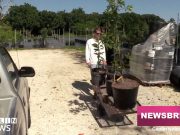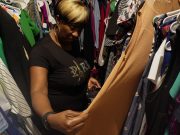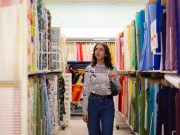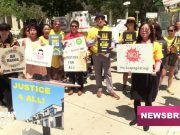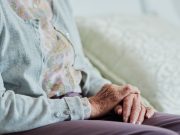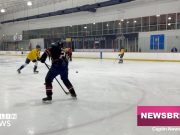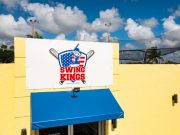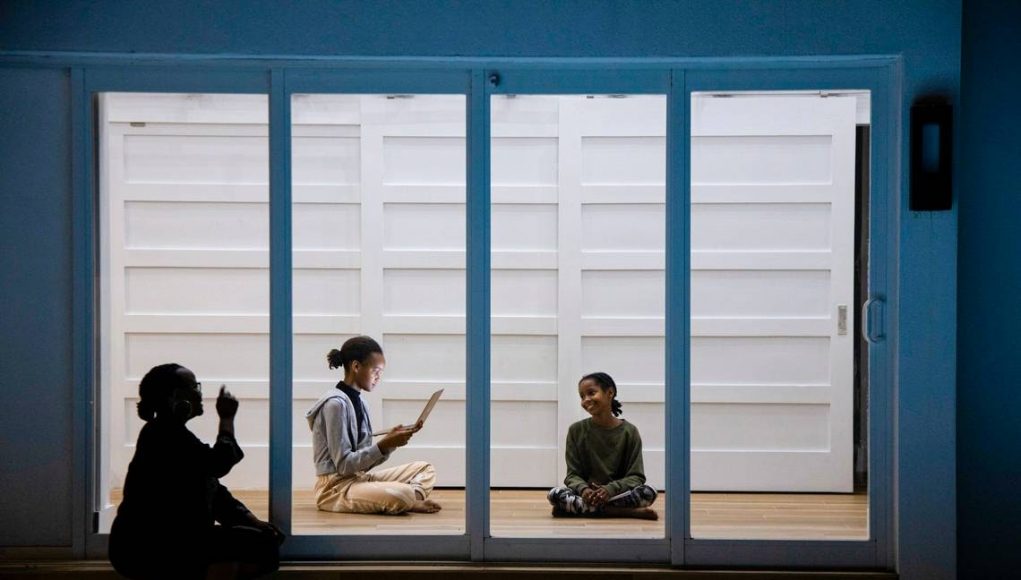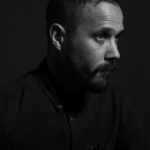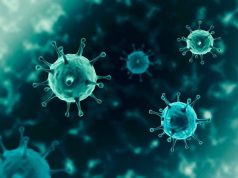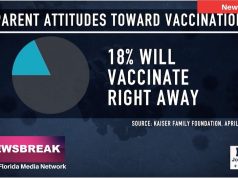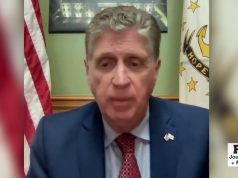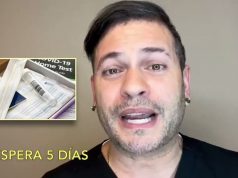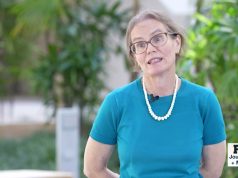Social distancing restrictions have prevented people from venturing outdoors. They have kept some South Florida photographers home, where they are either waiting for work or adapting by trying to capture something new inside their houses. They have also inspired some photographers to do amazing work outside.
Before restaurants, bars and clubs on South Beach, in Wynwood and elsewhere closed, street photographers would weave through crowds to capture candid shots of people interacting with one another, eating, and walking into shadows.
After a long day of photographing, they would pick the best photos, print them to sell on their personal websites, send the photographs to publications such as Gravis Magazine or Street Photography Magazine, or simply share their work on Instagram.
But that opportunity has been severely limited during the coronavirus, leaving some photographers to try to figure out what to do.
“I walked around downtown the other day because I was staying at my girlfriend’s place,” said Juan Guzman, a New York and Miami street photographer. “It was dead out there. I took photos of shadows and buildings but it didn’t feel the same.”
Although some street photographers have stayed home, photojournalists have had the opportunity to work during the pandemic.
Miami Herald photographers including José A. Iglesias, Al Diaz, Carl Juste and Matias J. Ocner have captured powerful portraits of crowded hospitals, empty roads, Metrobuses and people adapting to social distancing. “We wear masks and are fully protected,” Ocner said.
But some photographers, like freelance photojournalists, who rely on news and magazine publications to hire them for article assignments, have been unable to employ their skills during the pandemic.
Carlos Miller, a photojournalist and founder of Photography Is Not a Crime, a website that reports on corrupt police officers and government officials, has been staying home working on some writing during the coronavirus.
“Other photojournalists I know are not working,” said Miller.
One of Miller’s associates, Sam Corum, a freelance photojournalist, said that he hasn’t had an assignment for five weeks.
But not all photographers rely on street scenes and news and magazine publications for hire.
Some have worked around their spacial limitations and have been able to photograph conceptual, abstract, and portrait photos that they share on social media platforms such as Instagram and Facebook.
Rinko Kawauchi, a Japanese photographer, has captured interior views such as natural light beaming through her windows onto plants, empty neighborhoods and portraits of her family that invoke sentiments of being cooped up.
“Photographing is not always going out and taking pictures,” said Carlos Causo, a Florida International University photography professor. “Photography has more facets than that. I can rig up a studio in ten minutes and photograph things in my home either for myself or commercially for editorial.”
As photographers adapt to isolation, the coronavirus has left some with no other choice but to wait for social distancing restrictions to be lifted and others to turn to social media and share their creativity.
“I do miss going out and photographing,” said Causo.


